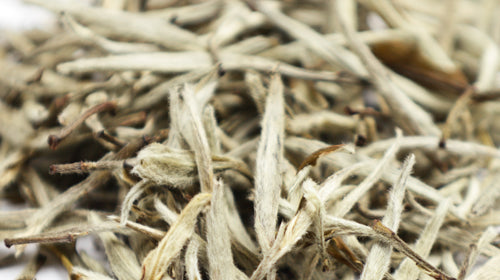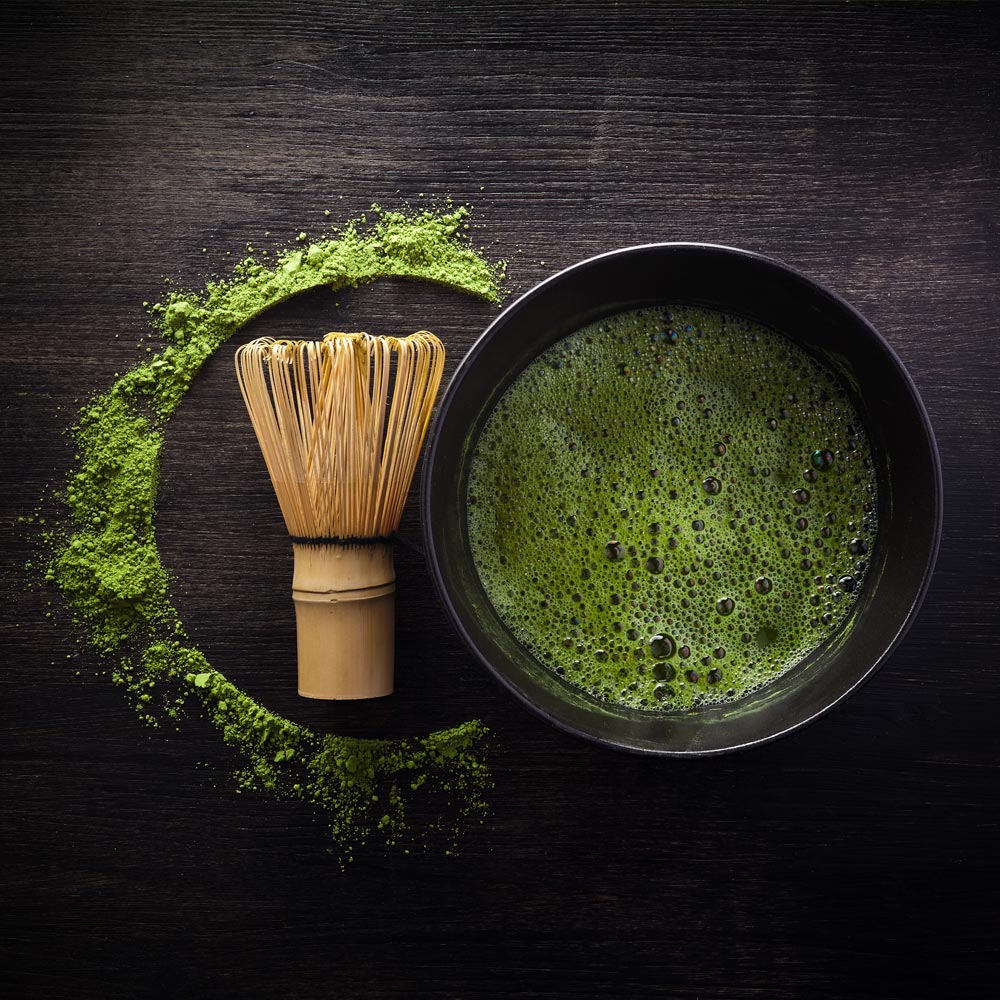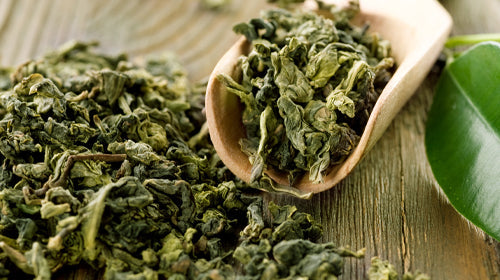Tea and free radicals: Why a little “cell stress” is sometimes just the thing
Free radicals are often considered our health's number one enemy. They're associated with cell damage, skin aging, and numerous diseases. But the truth is more nuanced: Free radicals aren't just harmful—they can even benefit the body. A fascinating effect occurs, especially when combined with high-quality tea, such as that made from Camellia sinensis . In this article, you'll learn how tea and free radicals interact, what oxidative stress means—and why the right dose is crucial.
What are free radicals?
Free radicals are highly reactive molecules with an unpaired electron. To regain stability, they steal an electron from other molecules—a process known as oxidation. In excessive numbers, free radicals can damage cell structures and trigger so-called oxidative stress reactions.
But that’s only half the truth:
In small amounts, free radicals perform important functions in the body – for example, in the defense against pathogens, cell communication and even in the activation of self-healing processes.
Oxidative stress – and why tea is so exciting
Oxidative stress occurs when the number of free radicals in the body exceeds the available amount of antioxidants. The result: cell aging, inflammation, and chronic diseases.
This is where tea comes in. Green tea, white tea, and oolong tea, in particular, contain a variety of natural antioxidants – most notably catechins, especially EGCG (epigallocatechin gallate). These substances are known to bind free radicals and thus prevent damage.
But recent studies show:
Part of the health-promoting effects of tea arise from a slight, temporary increase in free radicals in the body.
The so-called “good side” of free radicals
This effect is called hormesis – a stimulus that initially appears like stress but forces the body to make positive adjustments. Similar to exercise or exposure to cold stimuli:
-
Green tea polyphenols trigger a mild oxidative stimulus
-
The body reacts by increasing the production of its own antioxidants such as glutathione
-
At the same time, genes are activated that protect cells from real damage – for example via the NRF2 signaling pathway
The result:
Stronger cells, better detoxification capacity and a more robust immune system – without harmful side effects.
Studies show: Tea has a dual effect
Direct effect: Catechins neutralize free radicals and prevent cell damage.
Indirect effect: EGCG and Co. trigger a gentle stimulus that trains your cellular defenses and strengthens them in the long term.
Studies also show that tea polyphenols can act selectively against degenerated cells, for example in cancer research, while healthy cells remain unaffected.
What does this mean for you?
If you regularly drink high-quality tea – preferably natural, gently processed and from permaculture cultivation like Growing Karma – you support your body on two levels:
-
They provide powerful plant-based antioxidants that directly neutralize free radicals.
-
You activate your own antioxidant defense, which works deep inside the cells.
This effect is gentle, lasting and natural – in complete harmony with what your body really needs.
Conclusion: Tea balances your cells
Free radicals aren't just "bad"—they're part of an intelligent regulatory system in your body. What matters is whether they take over—or whether you counteract them with a powerful antioxidant counterbalance.
Tea made from Camellia sinensis is a true natural talent:
It not only protects you, but also trains your inner resilience – like a cell trainer in a porcelain cup.




Leave a comment
This site is protected by hCaptcha and the hCaptcha Privacy Policy and Terms of Service apply.